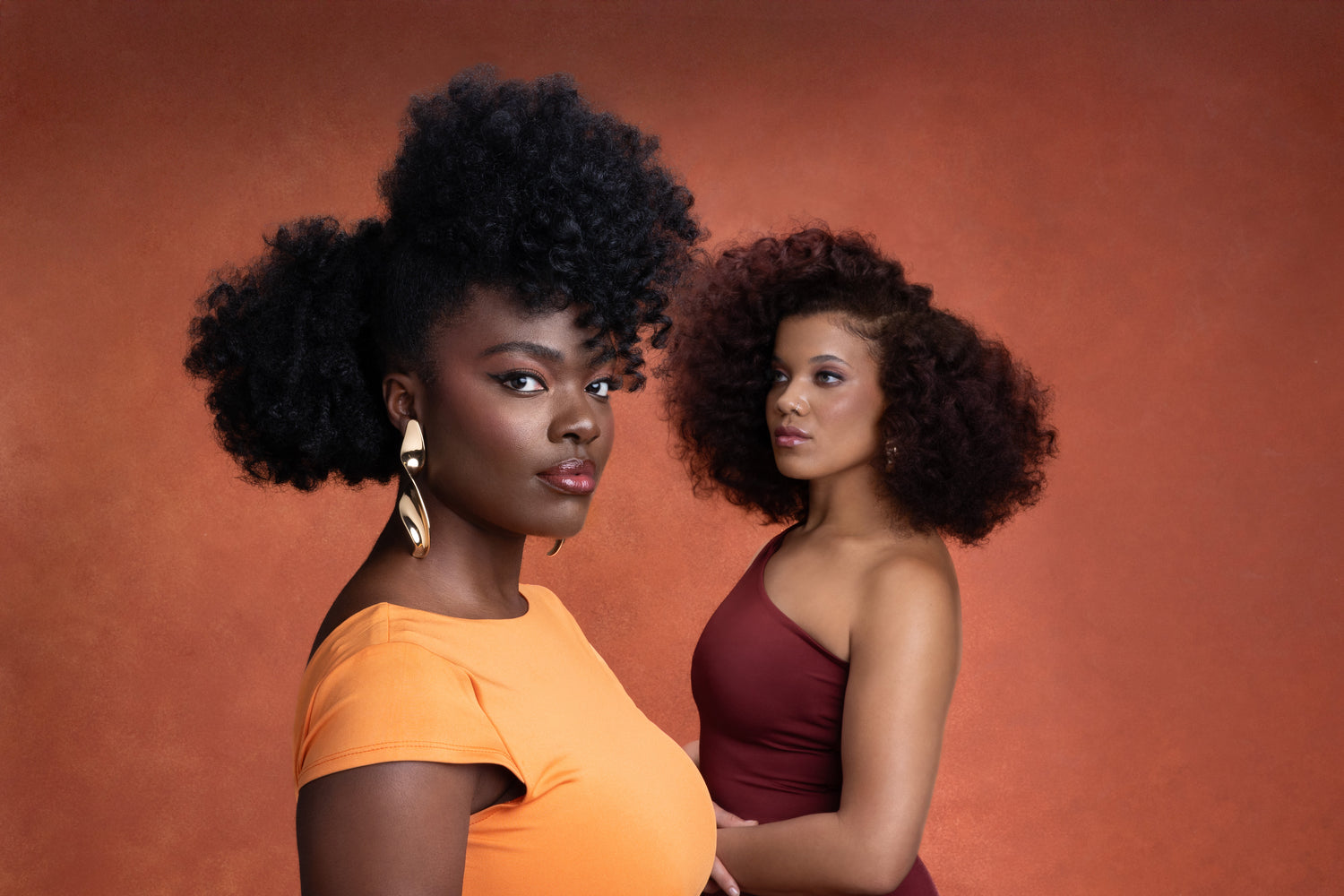Sun protection for hair? Yes, sun defence isn't just for your skin, in fact, sun damaged hair and heat damaged hair share most of their symptoms. Your hair feels and looks dry, thin, rough, brittle and dull. You may notice you have increased hair breakage, while your ends may be split and broken with white bits showing at the ends. Your hair can even get discoloured (especially if you have dyed or bleached hair).
How Does The Sun Cause Damage to My Hair?
The sunlight has three emissions that reach the Earth in a decreasing size order with the smallest being the most damaging: Infrared (you may feel it as heat), Visible light (you can see it as colours or light), and Ultraviolet Radiation (UVA/B/C(/R) you cannot see it).
Essentially, wherever there’s sun, there’s going to be damage, but it will vary depending on the emissions you focus on. For instance, you may think that sun heat (Infrared light) may be damaging because of the heat, but actually if you see through an infrared camera even in the daylight, you will notice your hair has a slightly lower temperature than your whole body. Also, the temperatures from the sun are much lower than when you use heat tools, maybe with the exception of Red Infrared Light Therapy (Low Level Laser Therapy or Cold Laser Therapy) as it has been proven to work against hair loss in patients with Androgenetic alopecia.

The most hair damage reported in the research field focuses on UVR with more negative outcomes on the hair’s properties both before and after it grows out of the scalp. The hair follicles may get microinflammations within the hair follicle and sustain stem cell and tissue injury, resulting in increased thinning and shedding.

Moreover, after the hair emerges, UVB cause the hair cuticle to be severely damaged with lifted cuticles and fissures, thinner and fewer cuticle layers, while UVA decreases the content of integral lipids (such as free fatty acids) and the hair fibres can be discoloured. These reactions are caused because specific amino acids in keratin, like tyrosine and tryptophan, can absorb the UVB, creating free radicals which ultimately, photo-oxidise the hair and break the disulphide bonds between the proteins.
UV Protection For Your Hair

In short, it's best practice to cover your head and hair with a brimmed hat to make sure your hair, scalp and skin are protected from the sun. There are all sorts of UV protectors on the market for your hair which aim to help protect your hair from the sun. But coverage and limiting sun exposure is always best. If you are wearing your hair in a style that exposes your scalp, you might want to add extra protection to that skin with a bit of sunscreen.
Coloured Hair Protection From Sun
As we mentioned, the sun can even change the tone of your hair (particularly if it's been bleached), this is because the sun can oxidise the melanin in your hair (this goes for natural hair and coloured hair). So probably best to avoid colouring your hair if you are going on holiday and again, try to always wear a brimmed hat.
Other Sun Protection for Hair Tips
Moisturising and conditioning products are important as they create a layer on top of your surface to help control the water content of your hair, provide some occlusivity and emolliency, and fill in and smoothen the cuticle. The cuticle is heat’s and UV’s first barrier, so taking care of it is essential to protect your cortex.
Everyday treatments using the LOC Method, with a weekly shampoo - conditioner treatment are recommended.
More Articles:
What is Dandruff? Why Do I Have It & How Do I Get Rid of It

